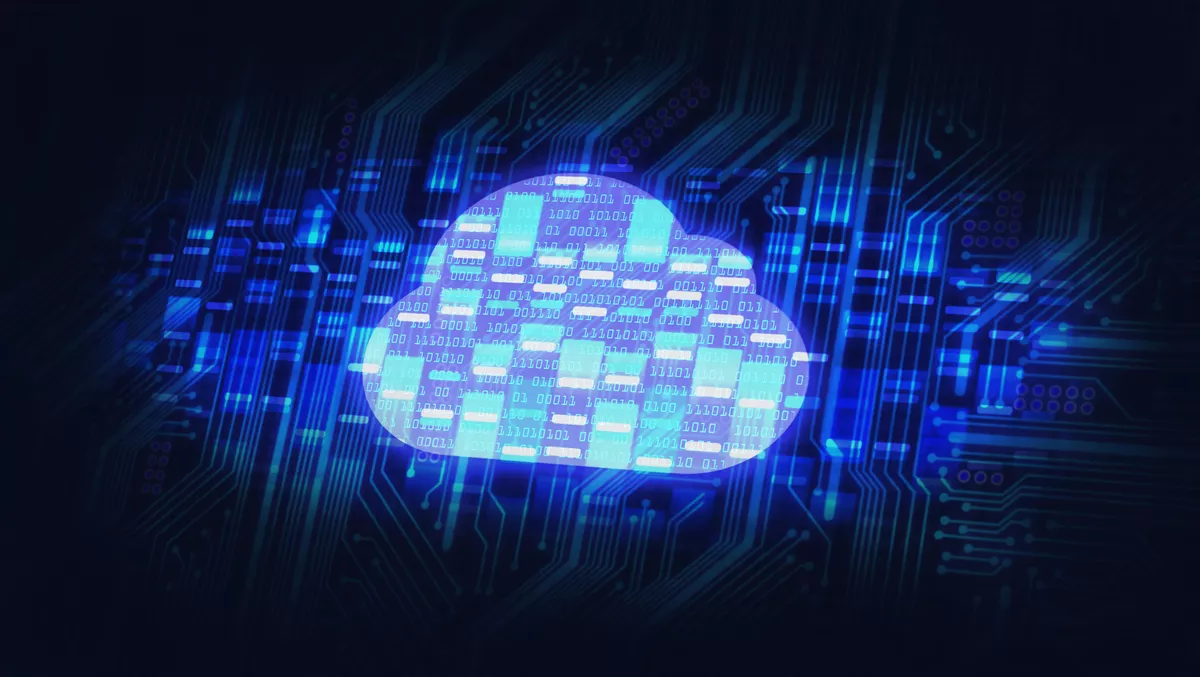
Legacy tech will never be dead – it’s a hybrid cloud world forever
Pretty much every business that runs its own IT infrastructure will have had discussions in recent years about legacy technology. All too often, these conversations are focused on the negatives of these systems – how expensive they are to run, how they're no longer modern etc. – but for many organisations, these systems are also critical to business operations. This means the often-advised rip and replace approach is not what IT leaders should be doing as a complete IT infrastructure overhaul is risky business and something that can be exceptionally complex.
The modern reality is legacy tech isn't going anywhere. So what do we do? At the end of the day, most companies just want better data and faster answers – they don't want the technology headaches that come along with achieving it.
Making legacy tech work
Businesses need IT systems that are agile, easy to access, reliable and secure. As part of this, many have introduced cloud services and Software-as-a-Service (SaaS) applications. Migrating data and applications to a purpose-built cloud platform can provide a significant degree of security. Still, it can also deliver on a host of other benefits, providing businesses with a scalable data infrastructure solution on an operational expenditure (OPEX) basis. The cloud can also free up the time of IT teams to focus on strategic projects that will further the interests of the business, as opposed to maintaining outdated systems.
Cloud technology has provided companies with a host of new ways to do business. For years the discussion has been on focused on cloud or legacy updates. But there's no need for it to be a case of one or the other. Bringing cloud platforms together with legacy systems provides businesses with the best of both systems in one hybrid IT approach.
However, a big part of making the information residing on legacy tech accessible and usable for the right people at the right time, comes down to automating the integration process between the legacy systems and modern cloud platforms.
Introducing automation
Integration is an obvious approach, but the traditional manual, time and resource-intensive options just aren't feasible for modern enterprises. Modern, low-code, self-service integration tools that harness the power of AI are the answer. They work to not only improve the flow of data within an organisation but also transform how business users can leverage data as part of their day-to-day work.
By automating manual integrations and common workflows and processes, data and applications across the enterprise are connected quickly, and complete process flows can be stitched together with confidence and ease. The result: productivity surges and teams across the business can then be freed up to focus on higher-value strategic projects that drive the business forward. It also means everyone across the company works from the same data - always connected, up to date, and accurate. Teams will then never miss an opportunity to engage and delight a customer, exactly when and where needed.
This approach can also help ensure compliance across the whole system by managing the data on legacy infrastructure to maintain compliance but still make that information accessible and useable for the right parts of the business at the right time.
The hybrid future
The potential for hybrid IT is huge, and with so many capabilities, it's time all the fear-mongering in the IT sector that a business can't be successful if it still has legacy tech Is put to bed.
Today IT teams can build scalable, flexible IT systems that deliver all the business benefits they need. However, making it work means investing in new technologies that can deliver a more secure and intuitive experience or are more flexible to accommodate modern working demands.
The key to this lies in ensuring businesses adopt technology that enables them to deliver better results - bridging the gap between legacy software and newer technology so that a defined process is in place for the company's data.
Organisations need to stop worrying about their legacy tech; it is not and will not be going away. Instead, take confidence in the new IT balance. Welcome to the hybrid cloud world… forever.

